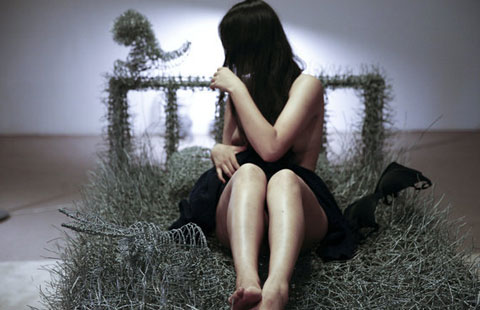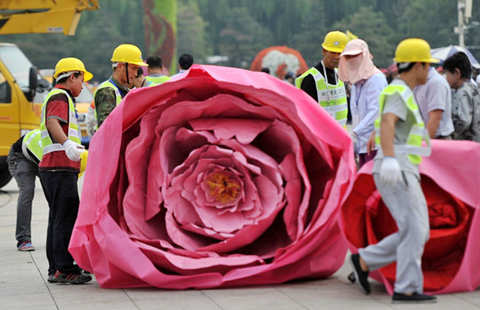Fake wine scandal tests region image
Updated: 2014-09-18 10:51
(Xinhua)
|
|||||||||||
ROME - Italian law enforcement officials nabbed the perpetrator behind a plot that would have flooded markets with more than a quarter of a million bottles of counterfeit wine passed off as the product of one of Italy's most prestigious wine regions.
Despite averting near disaster with the recent bust in Montalcino, Tuscan wine officials say they are tightening controls to make a repeat event less likely while experts warn more problems could start to hurt the region's reputation as one of the world's top wine areas.
Police seized enough low-quality wine to fill as many as 290,000 bottles while it was ageing in barrels as if it were Brunello di Montalcino wine waiting to be bottled and shipped to market.
Police say the main culprit, a consultant in the region, had falsified certification in the region's wine database and had obtained fake labels for both Brunello and Rosso di Montalcino bottles, the region's secondary wine. Police called the near scam "the biggest fraud ever carried out in Italy's agricultural and food sector."
According to Fabrizio Bindocci, a wine maker in the region and president of the Brunello di Montalcino consortium, the body is setting up even stricter controls and more monitoring to prevent a repeat situation.
"We are taking every step we can to make sure than when the consumer opens a bottle of Brunello di Montalcino it will be the real thing every time," Bindocci told Xinhua.
It is not the first time the Tuscan wine region has had problems. In May, police confiscated more than 30,000 bottles of counterfeit wine labeled as Brunello and other top Tuscan wines including Chianti, Chianti Classico, and Vino Nobile di Montepulciano. Many of those wines were destined for foreign markets, including the United States and China.
In 2008 and 2009, more than 20 Tuscan wine makes were caught using unauthorized grapes and other "adulterated substances" in wine incorrectly labeled as Brunello.
According to Giulia Ceriani, president of Baba Consulting and a communications and sociology professor at the University of Siena - the Tuscan city 40 km north of Montalcino - the scandals represent a serious risk to the image of the privileged Brunello wine.
"These sorts of problems feed into unfortunate Italian stereotypes and they can snowball by being spread by word of mouth and hearsay," Ceriani said in an interview. "An image problem is the worst kind of problem for a top brand to have since so much of the value of the brand lies in the way it is seen."
Jason Wilson, a wine educator from Philadelphia, said he didn't believe the problems would have much of an impact on Tuscan wine imports to the United States.
"Following the scandals of 2008, what do you think sales of Brunello in the United States did in 2009? They rose 6 percent!" Wilson said in an interview. "The perception of Tuscan authenticity has never really mattered much for most American consumers. There's a profound Tuscan lust in the United States that won't be derailed by a scandal like this."
Related Stories
Italian wine industry 'optimistic' about Chinese market: expert 2014-08-07 11:06
Luxury wine looks to become more affordable 2014-09-11 10:31
Wild Grape Wine 2014-09-03 16:44
Wine worth of $4b lost in Calif earthquake 2014-08-26 19:47
Australian wine maker signs China distribution deal 2014-08-25 15:21
Today's Top News
'Yes' in Scotland could be 'maybe' for Chinese firms
Cooperation helps extradite fugitives
Xi, Modi set friendly tone for visit
Collector has 'proof' of atrocities
Naked newborn survives typhoon
How Alibaba IPO learnt from Facebook's mistake
Russia to beef up troops in Crimea
10 problems of Chinese society
Hot Topics
Lunar probe , China growth forecasts, Emission rules get tougher, China seen through 'colored lens', International board,
Editor's Picks
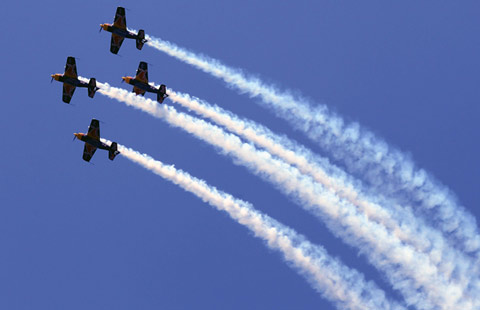
|
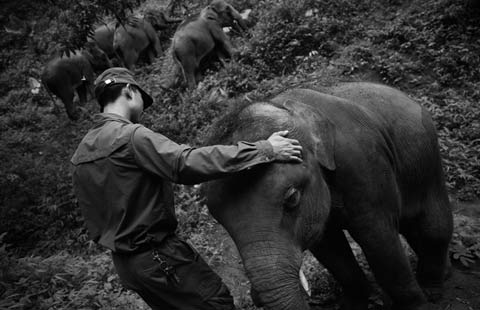
|
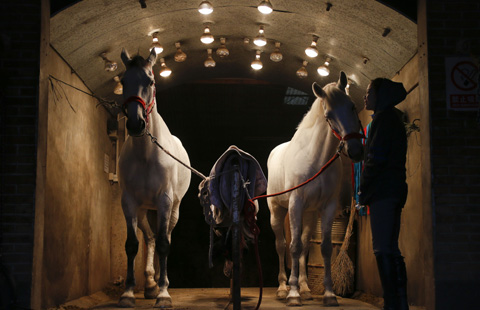
|
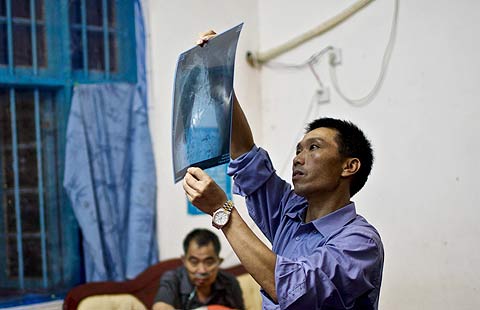
|
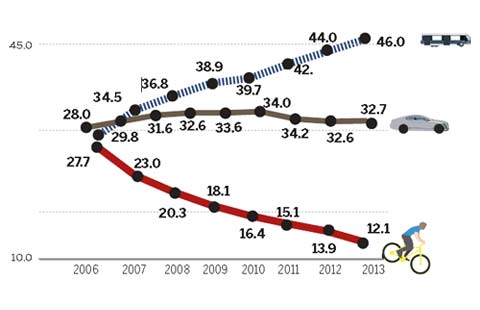
|
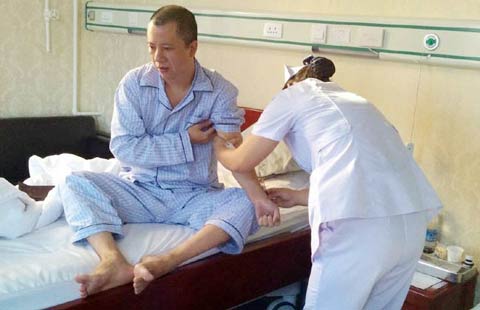
|


